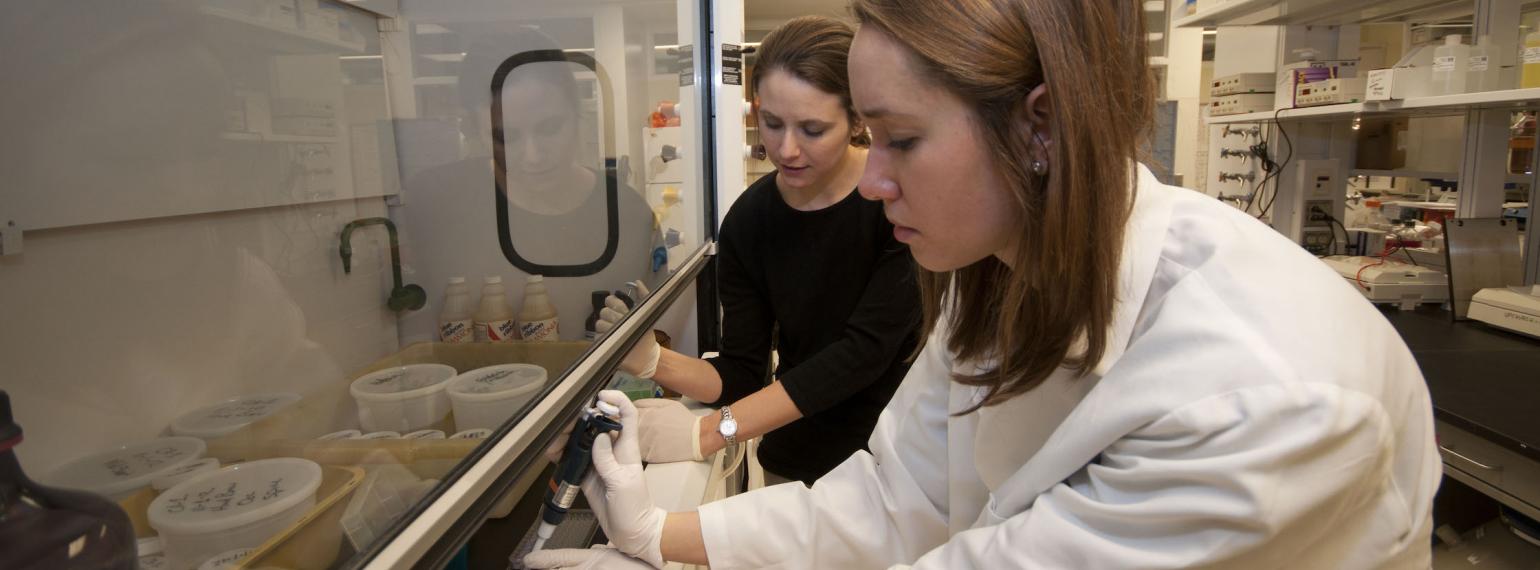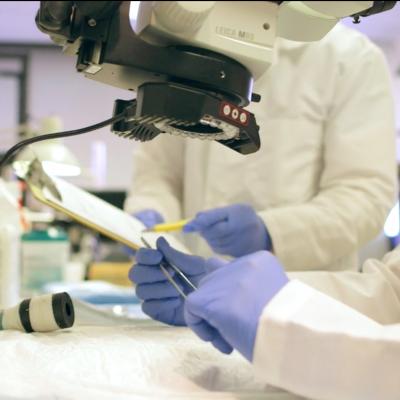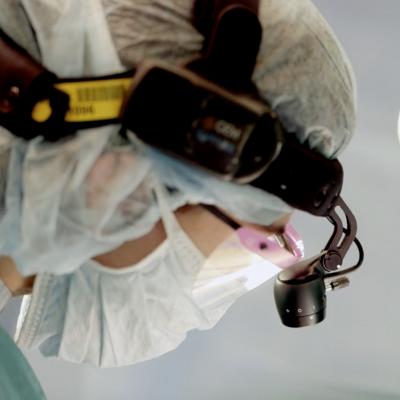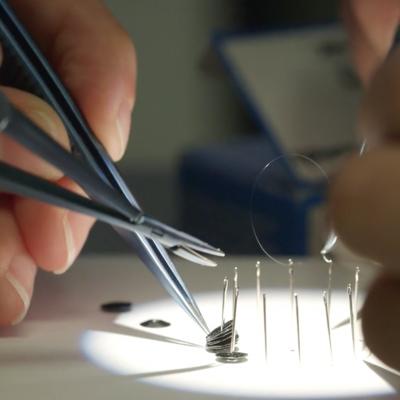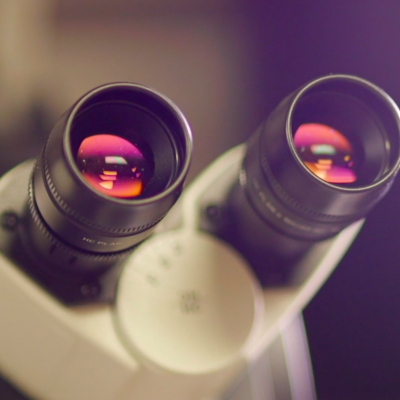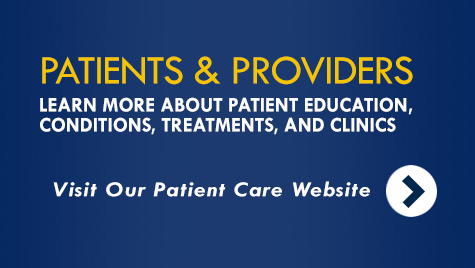With full-time research faculty, as well as clinical faculty who perform research, Michigan Vascular Surgery investigators publish numerous publications a year, covering the spectrum of basic science, translational, clinical, and health services research.
The hub for our research efforts is the Conrad Jobst Vascular Research Laboratories, located in U-M’s North Campus Research Complex, a 28-building campus designed for teamwork across the disciplines. By uniting the section’s research efforts in the Jobst, we’re able to accelerate discovery through sharing ideas and resources, including core unit support for molecular, hematology and cell biology.
This highly collaborative approach reflects our culture and our passion for teaching at the bench. We’ve welcomed everyone from high schoolers to international visiting scholars to our labs.
Current research interests include:
- Arrhythmia: In partnership with U-M’s Center for Arrhythmia Research, we’re pursuing new technology that facilitates the mapping of complex arrhythmias, particularly atrial fibrillation. This effort aims to advance our understanding of and treatments for the most challenging and prevalent heart rhythm disorders.
- Venous thrombosis: We’re developing a new approach to treating venous thrombosis by finding ways to limit the body’s inflammatory response without increasing the potential for bleeding. This novel anticoagulate, an E-selectin inhibitor, is the subject of a current clinical trial — just one example of how our research informs our clinical practice.
- Device development and trials: For more than a decade, we’ve worked to continuously improve aortic devices to boost the safety and effectiveness of minimally invasive aneurysm repair. Our work in device development in the areas of vascular injury and hemorrhage control has resulted in FDA-approved devices now used throughout the U.S. Through collaborations between biomedical engineers, clinicians, and basic science researchers, we’re also improving the process for developing devices, combining high-tech approaches with clinical expertise.

